 Carter Horsley
Carter HorsleyDec 23, 2011
Carter's Review
Certain streets in the city become "backwaters" of a sort, "left-over" spaces that primarily suffer from, and are dominated by, big "doings" on adjacent blocks. Such blocks, however, generally get discovered eventually.
This is such a block.
For decades the north side of this street had the rear of Luchow's, the great German restaurant, and the Academy of Music theater that eventually become the Palladium discotheque whose interior renovation by famed Japanese architect Arata Isozaki was one of the most spectacular in the city.
As a result of the "rear" presence of such high-traffic destination centers, this street had a considerable degree of night-time activity.
This very handsome building, which is known as the American Felt Building, has always been the best on the block because of its fine limestone façade. It was erected in 1909 and converted to condominium apartments in 1984, three years before the completion of the important Zeckendorf Towers project on the east side of Union Square at 14th Street sparked the area's renaissance. When this building was converted, however, the immediate vicinity was desolate, drab and dark and much the area's rejuvenation sparked by the large Zeckendorf project initially was north of 14th Street.
The American Felt Building at 114 West 13th Street was not a pioneer luxury conversion in the area as two other former industrial properties nearby on Fourth Avenue had been made more than a decade before. The company after which it was named made felt used in pianos.
In the late 1990s, however, several major new projects sprang up in the immediately vicinity. One was the angular mixed-use tower on the south side of 14th Street on the west side of Fourth Avenue that featured a movie complex, a huge record store and a very large façade sculpture facing north up Park Avenue South.
Rather quickly and without much fanfare and, surprisingly without much controversy, New York University demolished the Palladium and erected a reasonably attractive new dormitory building adjacent to a new residential midblock complex across from this building known as the Robert F. Kennedy Apartments. The University's expansion in the Village was been phenomenal in the last quarter of the 20th Century and it marched up Third Avenue with new buildings and its students have enlivened this district dramatically. Fourth Avenue was famous for its bookstores, of which only a handful remain.
The Palladium's former use as the Academy of Music reflected the fact that the Academy of Music Opera House originally occupied the site of the Con Edison headquarters tower on the north side of 14th Street at Irving Place and was the city's major opera house until the Metropolitan Opera House opened. The theater at the Academy of Music was a typical large movie palace of its generation and in the 1940's patrons could watch a two features, previews, a cartoon, a newsreel and vaudeville acts for 25 cents a ticket. The largest theater in the Village, it was also the only one with live entertainment, although in its later years it did away with the vaudeville acts.
Isozaki's transformation of the old Academy of Music theater was sensational and absolutely worthy of landmark designation, but none was forthcoming and indeed may not even have been considered.
Adjacent to the theater was Julian's Academy, one of the city's oldest and most famous billiard parlors.
Luchow's, of course, was one of the city's most famous culinary landmarks and largest restaurants and its demise reflected the collapse of the Union Square area in the 1950s as it became a haven for drug pushers and users.
While the Palladium and Luchow's had relatively distinguished celebrity, Union Square was dominated for decades by S. Klein's-on-the-Square, a sprawling discount department store that anchored the extensive street-front retail activity along 14th Street that catered to travelers on the many subway lines that crossed at Union Square.
Today, Union Square is the anchor to the Midtown South district and its area overlaps with that of the "Flatiron" district just to the north and both are remarkably vibrant with many trendy restaurants, boutiques and high-end retailers.
This block now is no longer dark and ominous, but pleasant and quite quiet given its proximity to the heartbeat of the Union Square district.
As one of the more distinguished buildings in the neighborhood, this 40-unit property is now very classy. The 12-story building has a colonnaded entrance distinguished by two semi-globular pedestals that leads into a bright, tall lobby with landscaping and a concierge. There are balconies on the east side of the building, whose rooftop watertank is exposed.
The loft apartments have tall ceilings and were nicely finished and the building has a nice roof deck.
It is close to New York University, Cooper Union and the New School for Social Research, many restaurants, the Strand Bookstore, and both Washington Square and Union Square parks. Madison Avenue buses are nearby on Union Square East and several subway lines are nearby as are crosstown buses.
This area of the Village is a very interesting mix of superb early commercial buildings, some fine pre-war apartment buildings, some large post-war apartment buildings, a bowling alley, and the exquisite Grace Episcopal Church nearby at Tenth Street and Broadway.
Whereas the best blocks of the Village were for decades considered to be on the west side of Fifth Avenue, the renaissance of Union Square and the Flatiron District have led to the rediscovery of this neighborhood that was once rather quiet, but now is very lively.
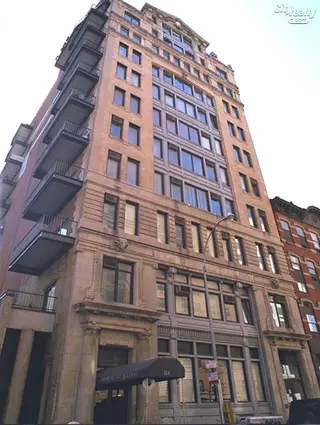
- Condo built in 1909
- Converted in 1984
- 4 apartments currently for sale ($1.875M to $5.125M)
- Located in East Village
- 40 total apartments 40 total apartments
- 10 recent sales ($1.2M to $2.2M)
- Doorman
- Pets Allowed

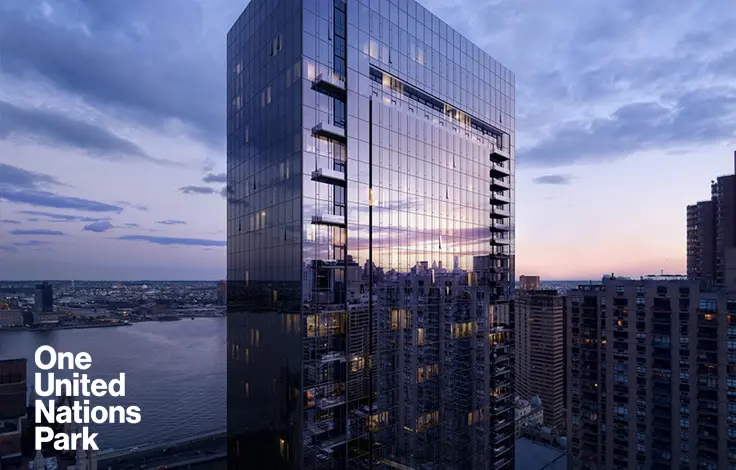
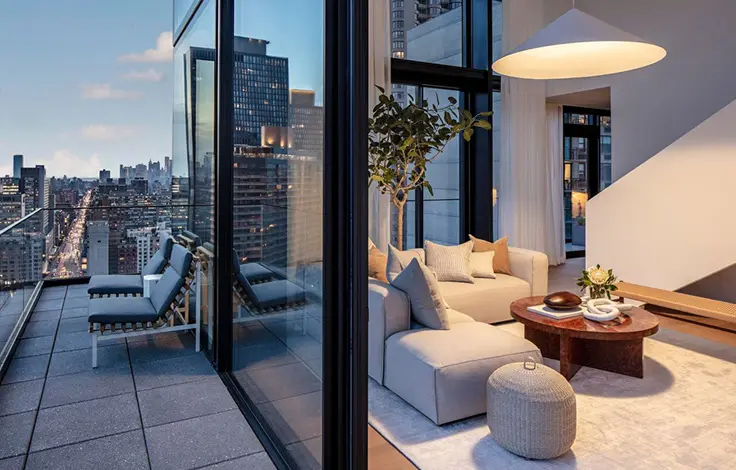
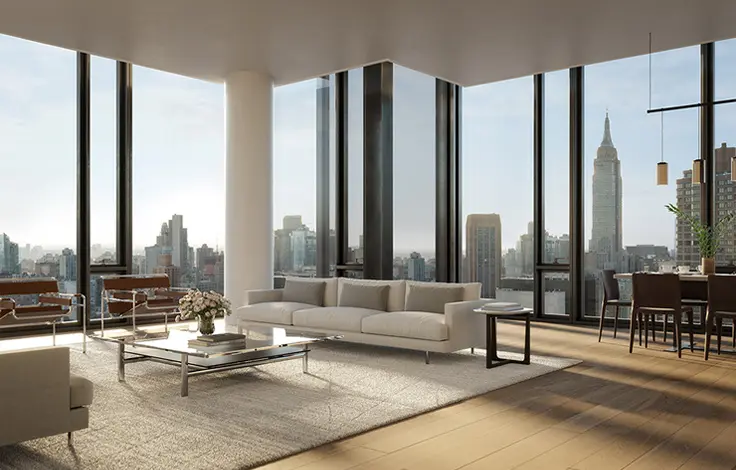

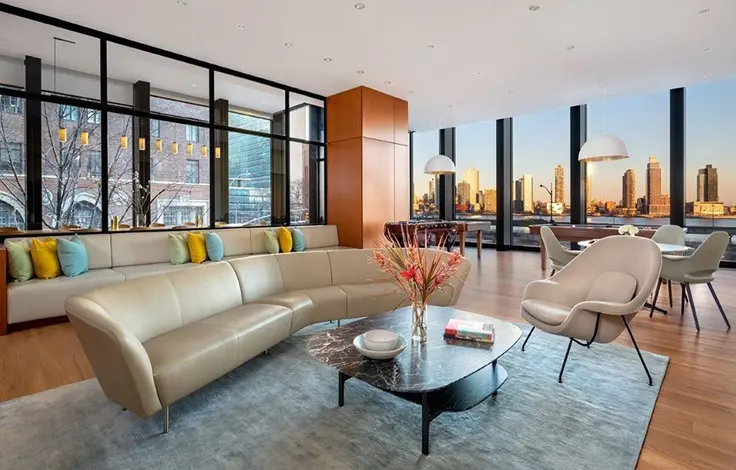
 6sqft delivers the latest on real estate, architecture, and design, straight from New York City.
6sqft delivers the latest on real estate, architecture, and design, straight from New York City.
